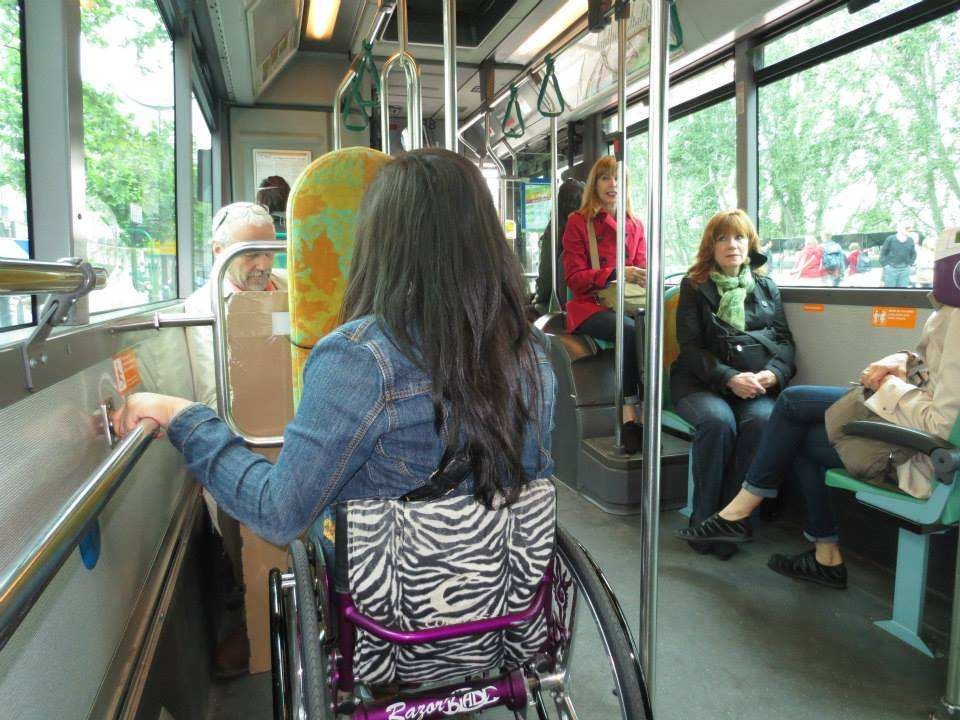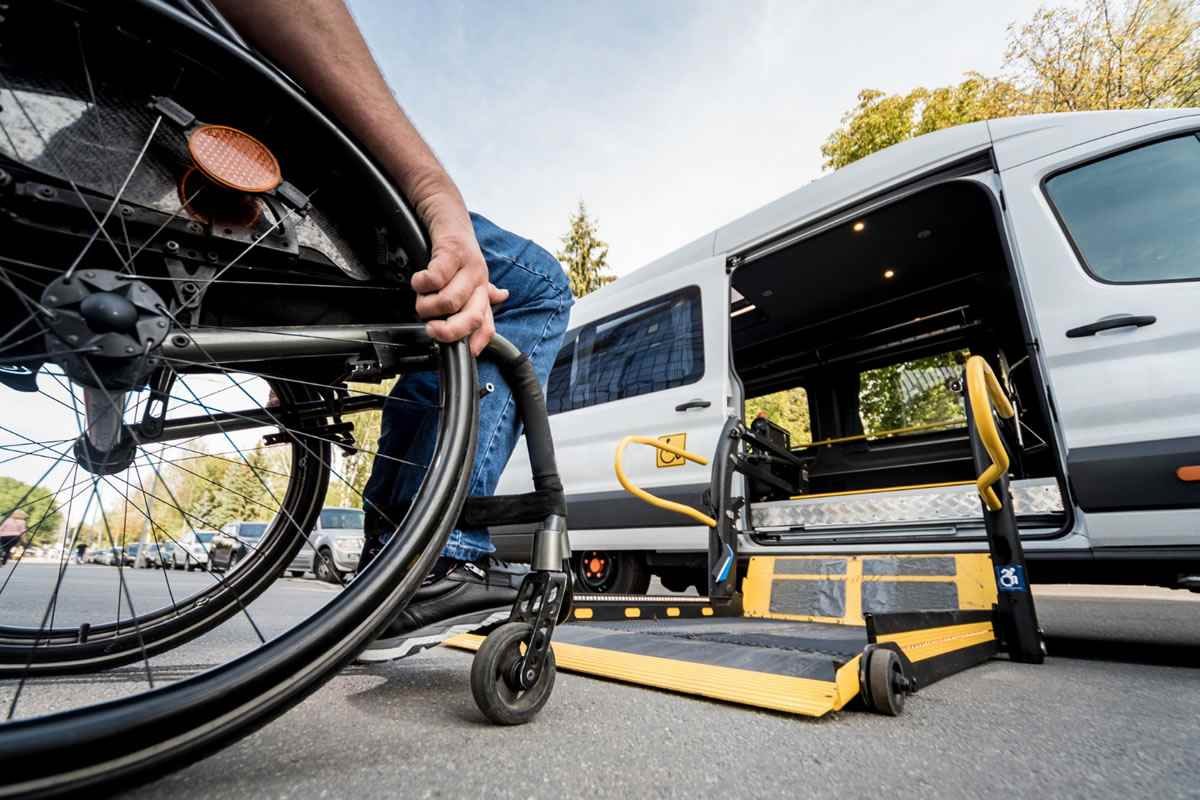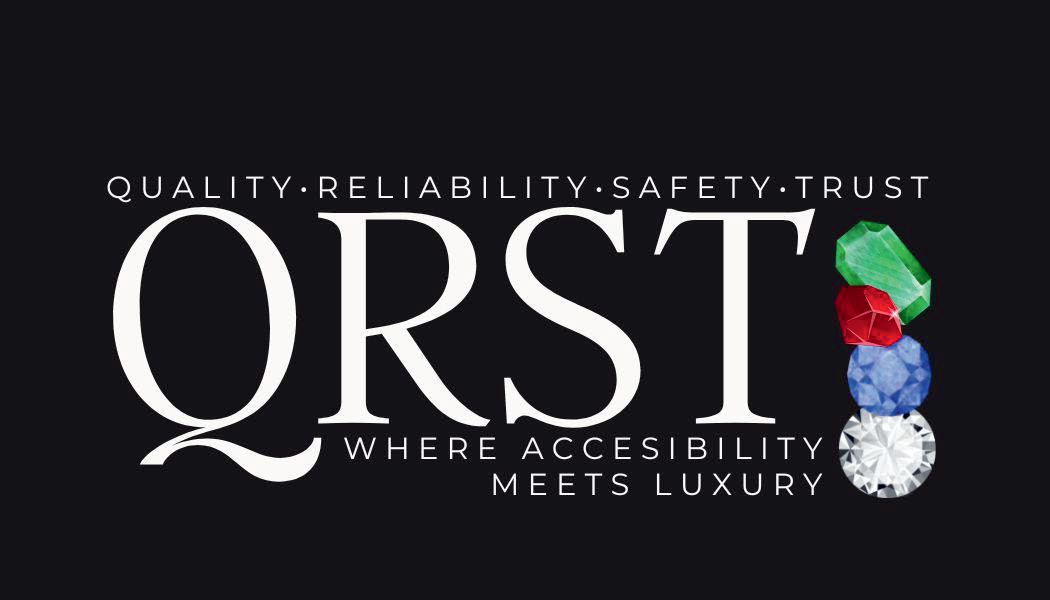In an era that emphasizes inclusivity and equal access, ensuring the availability of accessible transportation is of paramount importance. For individuals with mobility challenges, particularly those who rely on wheelchairs, accessible transportation is not just a convenience, but a lifeline to independence, social participation, and economic opportunities. The Washington D.C., Maryland, and Virginia (DMV) region has made significant strides in enhancing accessibility in transportation, but there is still much to explore and understand about navigating wheelchair transportation. This guide of QRST Wheelchair Transportation aims to shed light on the intricacies of wheelchair transportation in the DMV area, highlighting the challenges, advancements, and resources available to create a comprehensive understanding of this vital aspect of accessibility.
The Landscape of Wheelchair Transportation
Accessible transportation for wheelchair users encompasses various modes, from public transit to private options. In the DMV region, where urban centers are densely populated and the need for efficient transportation is crucial, providing accessible options is a top priority. However, the landscape of wheelchair transportation can be complex due to factors such as infrastructure, regulatory compliance, and evolving technologies.
Public Transit Accessibility
Public transportation serves as a lifeline for many individuals, including those with disabilities. Local transit agencies in the DMV region have been making strides to enhance accessibility, but challenges persist. Buses and trains equipped with ramps or lifts, designated spaces for wheelchairs, and auditory and visual announcements for stops are some of the improvements that have been implemented. However, issues such as unreliable equipment and inconsistent training for staff can still hinder a seamless experience.
Metro Accessibility
The Washington Metropolitan Area Transit Authority (WMATA) operates the Metrorail and Metrobus services, crucial components of the DMV transportation network. Metrorail stations are equipped with elevators and escalators, making platforms accessible. Each Metrorail car has designated spaces for wheelchairs and mobility devices. Metrobus routes are also designed to accommodate wheelchair users, with accessible boarding ramps and securement areas.
Paratransit Services
In addition to regular public transit, paratransit services are available for individuals with disabilities who cannot use fixed-route transit. These services provide door-to-door transportation, offering a more flexible option for those with mobility challenges. Eligibility criteria apply, and advance reservations are usually required.

Ride-Sharing and Taxis
The rise of ride-sharing services has brought new options for transportation, yet ensuring accessibility remains an ongoing challenge. While platforms like Uber and Lyft offer options to request wheelchair-accessible vehicles (WAVs), the availability of such vehicles can be limited in some areas. Moreover, experiences with ride-sharing services can vary, ranging from drivers who are trained in assisting wheelchair users to those who are not adequately prepared.
Traditional taxis also play a role in accessible transportation. Many taxi companies in the DMV region have accessible vehicles with ramps or lifts. These vehicles can be requested for immediate use, providing an on-demand solution.
Accessible Infrastructure
The physical infrastructure of transportation systems plays a significant role in ensuring accessibility. Sidewalks, curb cuts, and accessible crosswalks are essential for wheelchair users to navigate urban areas independently. Local jurisdictions in the DMV region have been working on improving these aspects, but challenges like inconsistent maintenance and design flaws still exist.
Challenges Faced by Wheelchair Users
Despite the advancements in accessible transportation, wheelchair users continue to face a range of challenges in their daily journeys. Some of the notable obstacles include:
1. Limited Availability
Availability of accessible transportation options, especially wheelchair-accessible vehicles, can be sparse in certain areas. This scarcity can lead to longer wait times and restricted mobility for individuals with disabilities.
2. Inconsistent Training
Not all transportation personnel receive comprehensive training in assisting wheelchair users. This lack of consistent training can result in varying experiences for passengers, ranging from supportive assistance to discomfort and frustration.
3. Infrastructure Barriers
Inadequate infrastructure, such as poorly maintained sidewalks, lack of curb cuts, and inaccessible stations, can impede the mobility of wheelchair users. Navigating these physical barriers can be both challenging and dangerous.
4. Cost Factors
Accessible transportation options, particularly private services like accessible taxis and WAVs, can be more expensive than traditional transportation modes. This cost factor can limit the accessibility of these options to certain individuals.
5. Information Accessibility

Access to accurate and up-to-date information about accessible transportation services, schedules, and routes is crucial. Lack of accessible information can lead to confusion and difficulty in planning journeys.
Advancements in Accessibility
Despite the challenges, the DMV region has seen noteworthy advancements in accessible transportation, driven by both advocacy efforts and technological innovations.
1. Advocacy and Legislation
Advocacy groups, disability organizations, and individuals have been instrumental in pushing for better accessibility. Their efforts have led to the passage of laws and regulations that mandate accessible transportation options and infrastructure improvements.
2. Technological Innovations
Advancements in technology have significantly impacted accessible transportation. Mobile apps and platforms now allow individuals to request WAVs, track routes in real-time, and provide feedback on their experiences. These tools empower wheelchair users to navigate the transportation landscape more independently.
3. Inclusive Design
Transportation agencies and manufacturers are increasingly adopting principles of inclusive design, creating vehicles and infrastructure that cater to a wide range of passengers’ needs. From low-floor buses to tactile indicators at stations, these design elements enhance the overall accessibility of the transportation experience.
Navigating the System: Resources and Tips
For wheelchair users and their caregivers, navigating the accessible transportation system in the DMV region can be made smoother with the help of available resources and some essential tips.
1. Plan Ahead
When using public transit or paratransit services, it’s advisable to plan your journey in advance. Familiarize yourself with the routes, schedules, and any potential disruptions to ensure a smooth trip.
2. Know Your Rights
Understanding your rights as a passenger with a disability is crucial. Familiarize yourself with relevant laws, such as the Americans with Disabilities Act (ADA), and know what accommodations you are entitled to.
3. Utilize Technology
Take advantage of mobile apps and online platforms that provide real-time information about accessible transportation options, including routes, estimated arrival times, and vehicle availability.
4. Provide Feedback
If you encounter challenges or have positive experiences with accessible transportation services, don’t hesitate to provide feedback to the relevant transportation authorities or service providers. Constructive feedback can contribute to continuous improvements.
5. Explore Local Resources
Local disability organizations, advocacy groups, and transportation agencies often provide resources, workshops, and information about accessible transportation options. These resources can offer valuable insights and support.
The Road Ahead
While significant progress has been made in enhancing accessible transportation options in the DMV region, there is still work to be done. By addressing challenges such as limited availability, inconsistent training, and infrastructure barriers, the transportation landscape can become even more inclusive and accessible for all individuals, regardless of their mobility challenges. Continued advocacy, collaboration between stakeholders, and the integration of innovative technologies will play a vital role in shaping a future where wheelchair users can navigate the DMV with confidence and ease. As we journey toward greater accessibility, the goal is clear: a transportation system that truly leaves no one behind
FAQS
1. Are all public transportation options in the DMV region wheelchair accessible?
While efforts have been made to enhance accessibility, not all options are fully accessible. Metrorail stations have elevators and designated spaces, and Metrobuses offer ramps, but some buses and older stations might still pose challenges.
2. How can I request a wheelchair-accessible ride-sharing vehicle?
Ride-sharing platforms like Uber and Lyft offer options to request wheelchair-accessible vehicles (WAVs) through their apps. However, availability can vary based on location and demand.
3. What is paratransit service, and who is eligible for it?
Paratransit services are for individuals with disabilities who can’t use regular public transit. Eligibility criteria vary by area, but generally include difficulty using fixed-route transit due to disability.
4. Are there local resources for information about accessible transportation options?
Yes, local disability organizations, advocacy groups, and transportation agencies often provide resources and workshops to help individuals learn about and access accessible transportation options.
5. What can I do if I encounter issues with accessible transportation services?
Providing feedback to the relevant transportation authorities or service providers is crucial. Sharing your experiences can contribute to ongoing improvements and better services for everyone.
